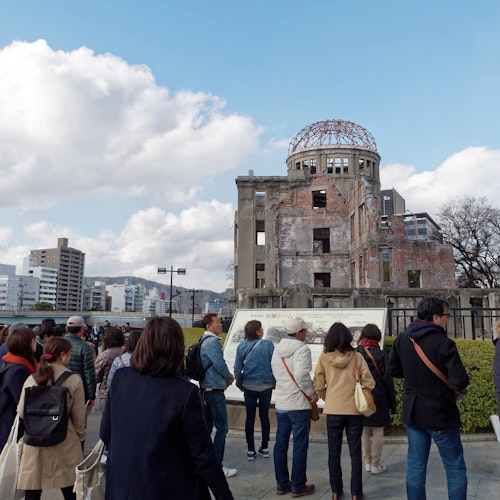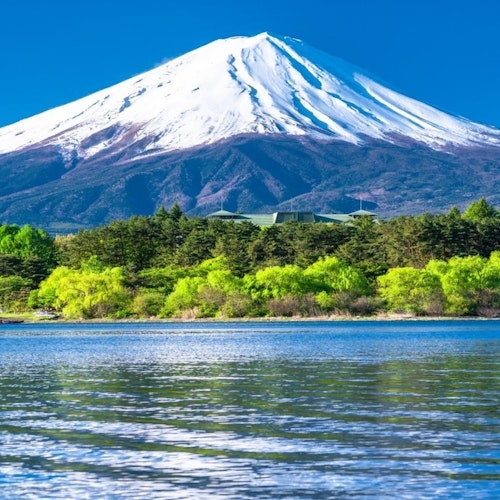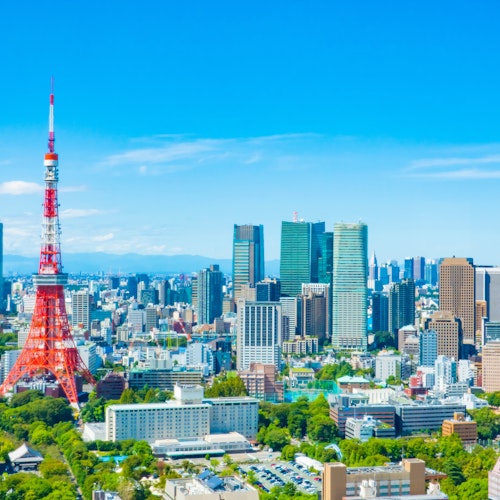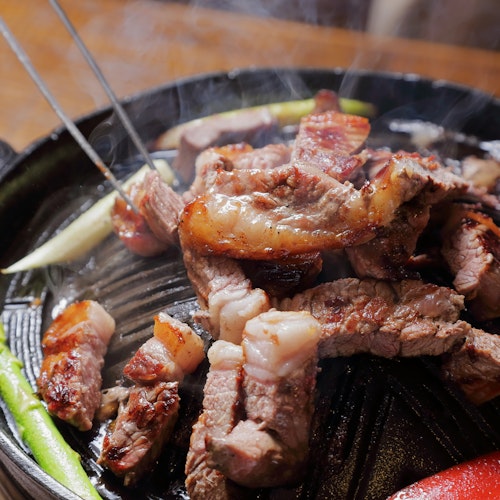
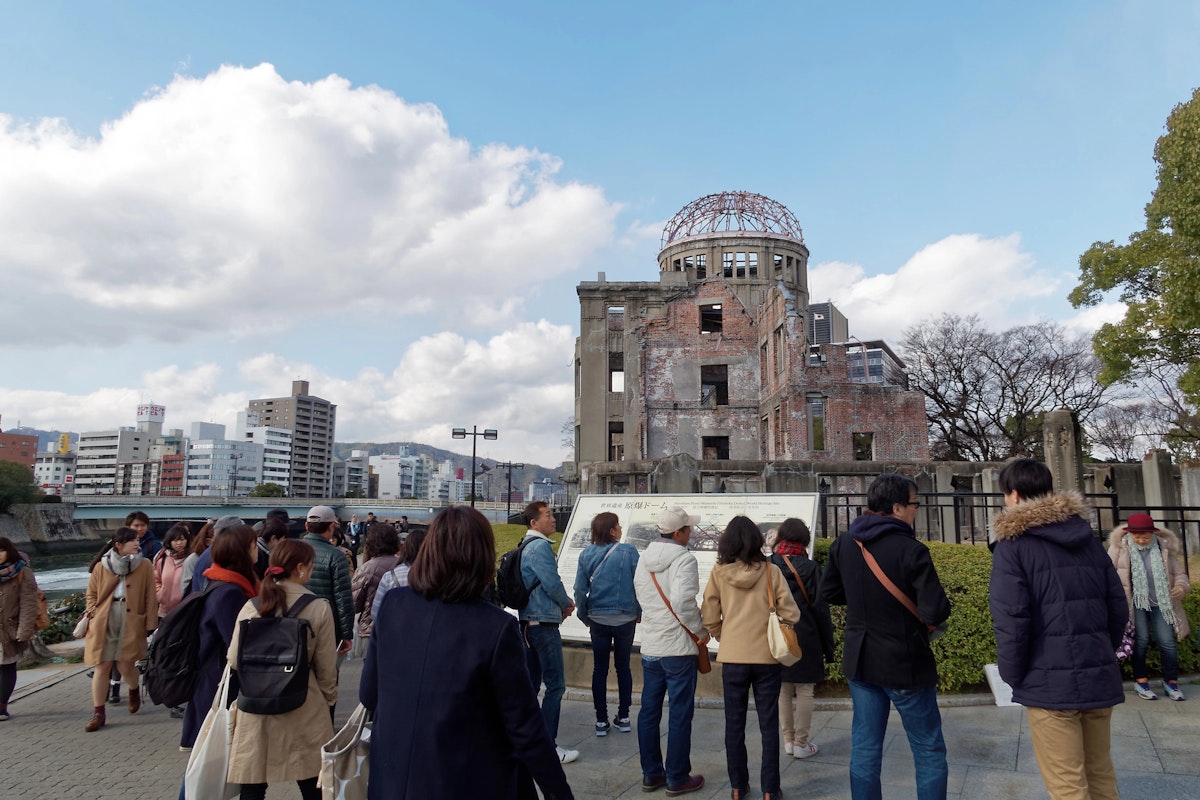
Japan is a country where ancient traditions meet modern life. When you visit, you'll find beautiful temples, stunning castles, and peaceful gardens that tell the story of this amazing nation. Japan's famous monuments scattered across the country show us how people lived hundreds of years ago and why these places are still important today.
There are over 35 historical monuments in japan that UNESCO has recognized as World Heritage Sites, plus countless other important places. From the snow-capped peak of Mount Fuji to the golden halls of Kyoto's temples, these japan historical monuments draw millions of visitors every year who want to experience the country's rich culture and history.
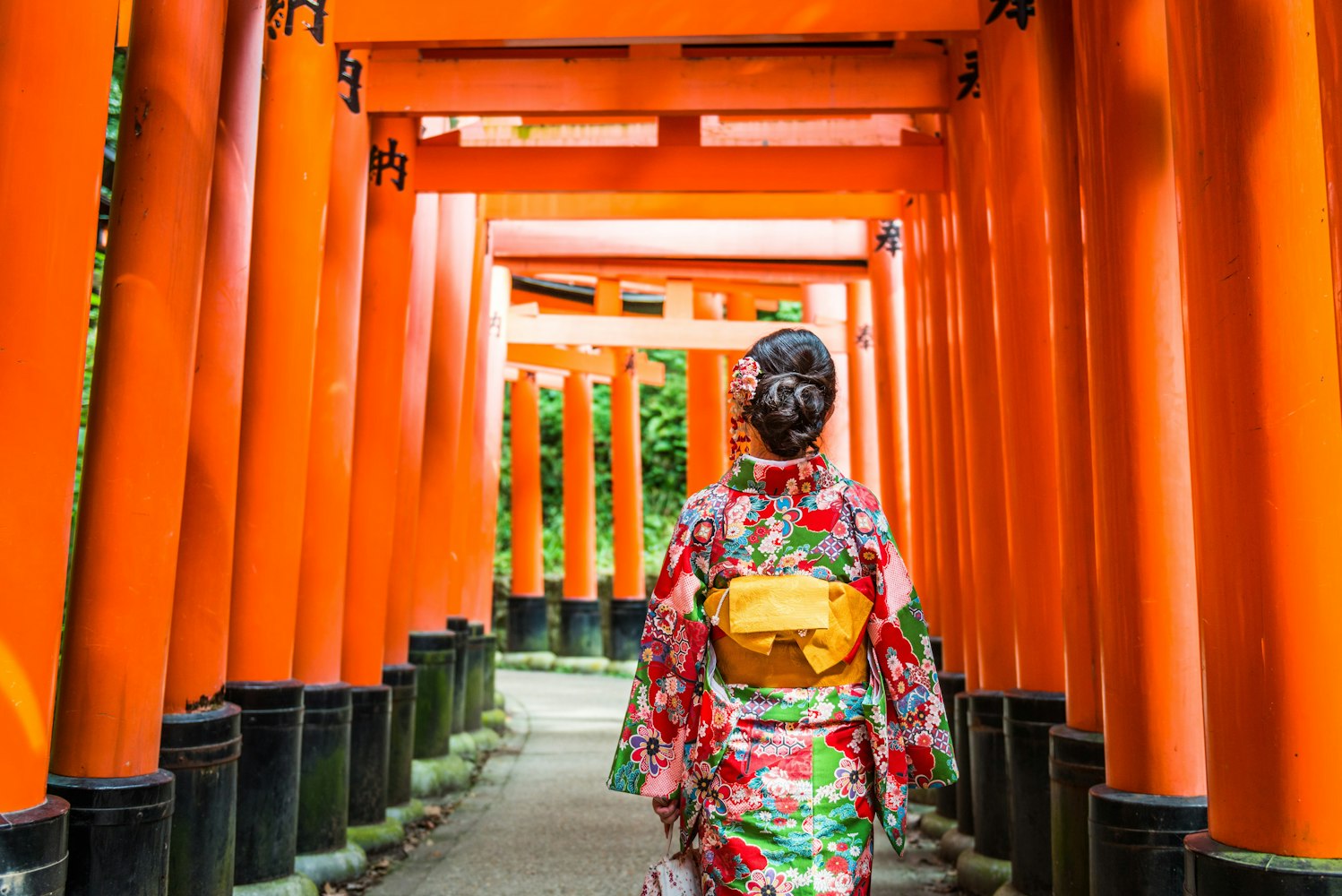
Perhaps one of Japan's most iconic and photographed sites, Fushimi Inari Taisha is a sprawling shrine complex dedicated to Inari, the Shinto god of rice and prosperity. What makes this shrine truly unforgettable is its pathway of over 10,000 vermilion torii gates that wind up Mount Inari, creating mesmerizing tunnels of brilliant orange-red.
Founded in 711 CE, this shrine has been a pilgrimage site for over a millennium. The hike to the summit takes about 2-3 hours, passing through dense forest, smaller shrines, and stone fox statues (Inari's messengers). The gates were donated by individuals and businesses seeking blessings, with each donor's name inscribed on the back. Visit early in the morning to experience the mystical atmosphere with fewer crowds.
Many Kyoto guided tours include Fushimi Inari as a highlight, with expert guides explaining the significance of the fox statues, the meaning behind the torii gates, and the proper way to pray at Shinto shrines. These tours often combine Fushimi Inari with other nearby attractions for a comprehensive Kyoto experience.
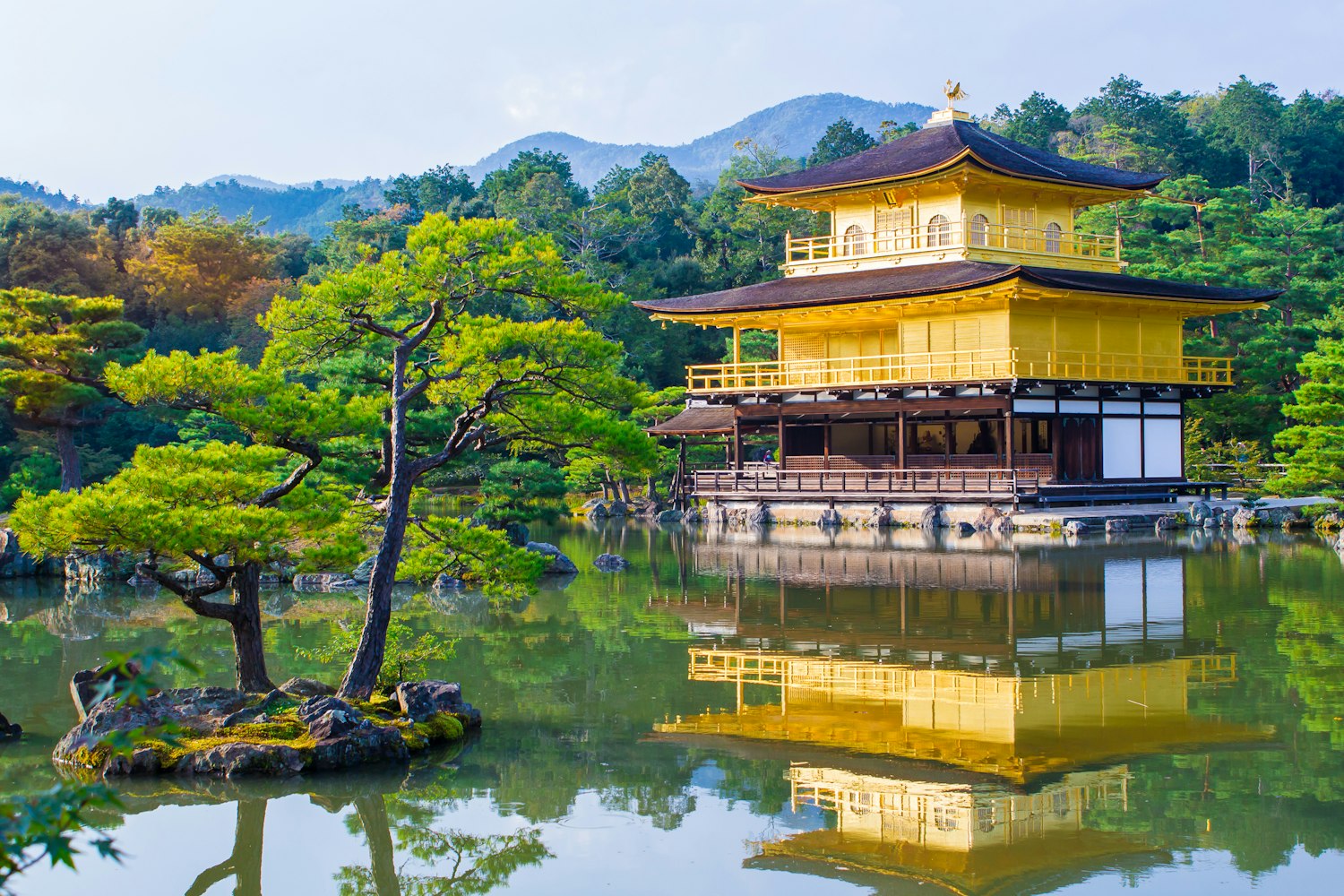
Kinkaku-ji, officially named Rokuon-ji, is a Zen Buddhist temple whose top two floors are completely covered in gold leaf. This shimmering pavilion sits serenely on the edge of a mirror-like pond, creating one of Japan's most stunning reflections.
Originally built in 1397 as a retirement villa for Shogun Ashikaga Yoshimitsu, it was converted into a temple after his death. The current structure is a 1955 reconstruction after the original was burned down by a monk in 1950. Each floor represents a different architectural style: the first floor in palace style, the second in samurai house style, and the third in Chinese Zen temple style. The surrounding gardens are equally magnificent, designed as a strolling garden that changes beautifully with the seasons.
Visitors walk through carefully designed gardens that offer different perspectives of the golden building, and many choose to enhance their understanding by joining guided tours that share stories about the temple's phoenix statue, the carefully placed rocks in the pond, and the principles of Zen garden design.
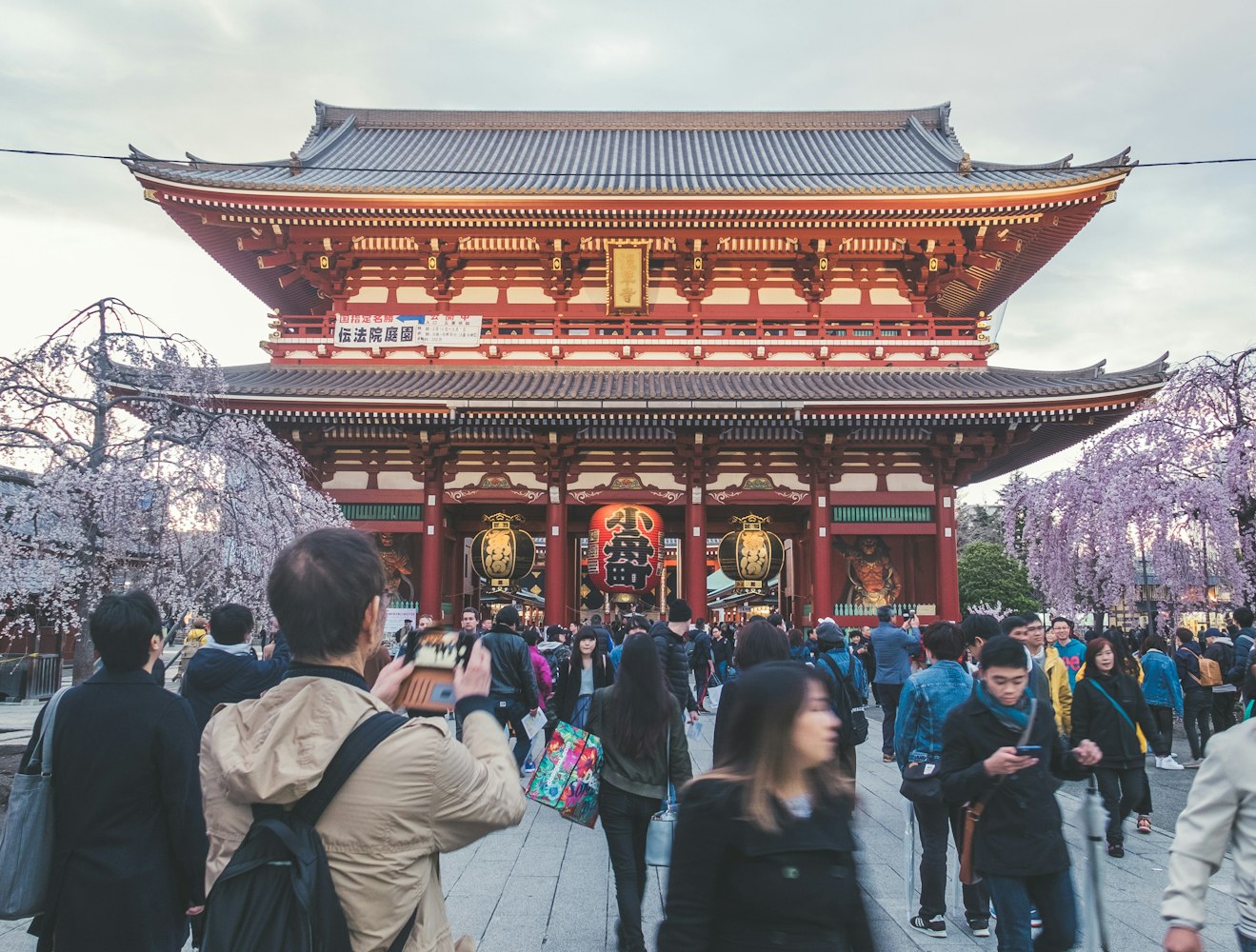
Tokyo's oldest temple, Senso-ji, was founded in 645 CE and remains the city's most visited spiritual site. The approach to the temple through the iconic Kaminarimon (Thunder Gate) with its massive red lantern, followed by the bustling Nakamise shopping street, creates an unforgettable experience.
According to legend, two fishermen discovered a golden statue of Kannon (the Buddhist goddess of mercy) in the Sumida River, and the temple was built to honor it. The main hall, though reconstructed after World War II, maintains its majestic presence. The five-story pagoda standing nearby is equally impressive. The area comes alive during festivals, particularly during the Sanja Matsuri in May, one of Tokyo's wildest celebrations.
Tokyo cultural tours often begin at Senso-ji, using it as a gateway to explore the historic Asakusa district. Expert guides share the temple's founding legend, explain Buddhist practices you'll witness, and guide you through the Nakamise shopping street, where you can purchase traditional crafts and snacks. These tours frequently combine Senso-ji with other Tokyo landmarks for a comprehensive introduction to the city.
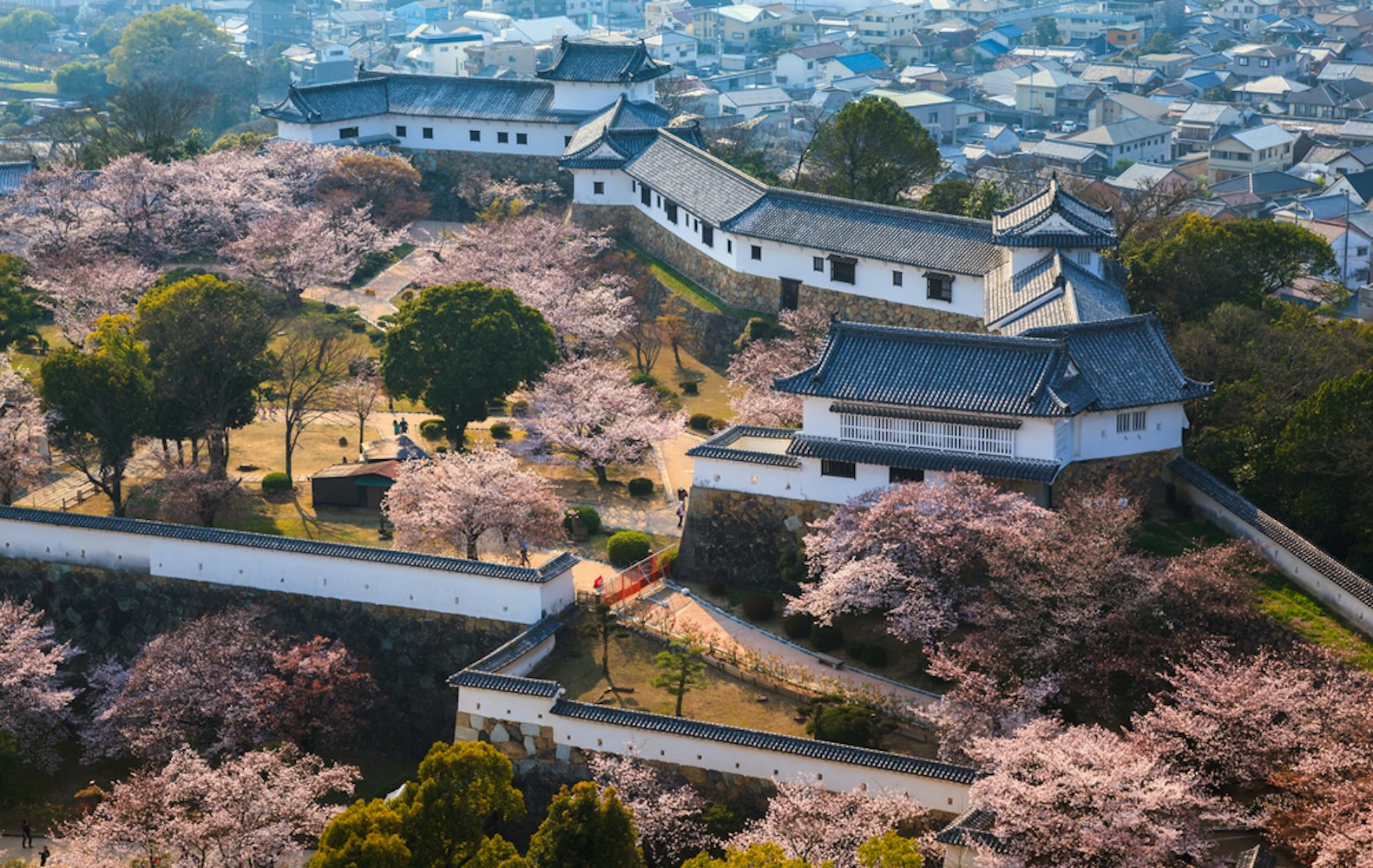
Rising majestically above the city of Himeji, this pristine white castle is considered Japan's finest surviving example of feudal-era architecture and is designated as both a National Treasure and UNESCO World Heritage Site. Completed in its current form in 1609, Himeji Castle earned its nickname "White Heron Castle" because its brilliant white plastered walls resemble a bird taking flight. Unlike many japan historical monuments that were destroyed and rebuilt, this castle survived wars, fires, and earthquakes, making it an authentic piece of samurai history that has stood for over 400 years.
The castle's defensive design is ingenious, featuring a maze-like approach meant to confuse attackers, hidden gates, narrow passageways, and strategic holes for archers and soldiers to defend against invaders. Climbing through the six-story main keep gives visitors a genuine sense of what samurai life was like, with steep wooden staircases, weapon storage rooms, and stunning views from the top floor.
Many visitors exploring this remarkable fortress join historical tours that bring the castle's strategic features to life and explain its role during the feudal period. The surrounding grounds are particularly beautiful during cherry blossom season when thousands of sakura trees bloom, creating a stunning pink and white landscape.
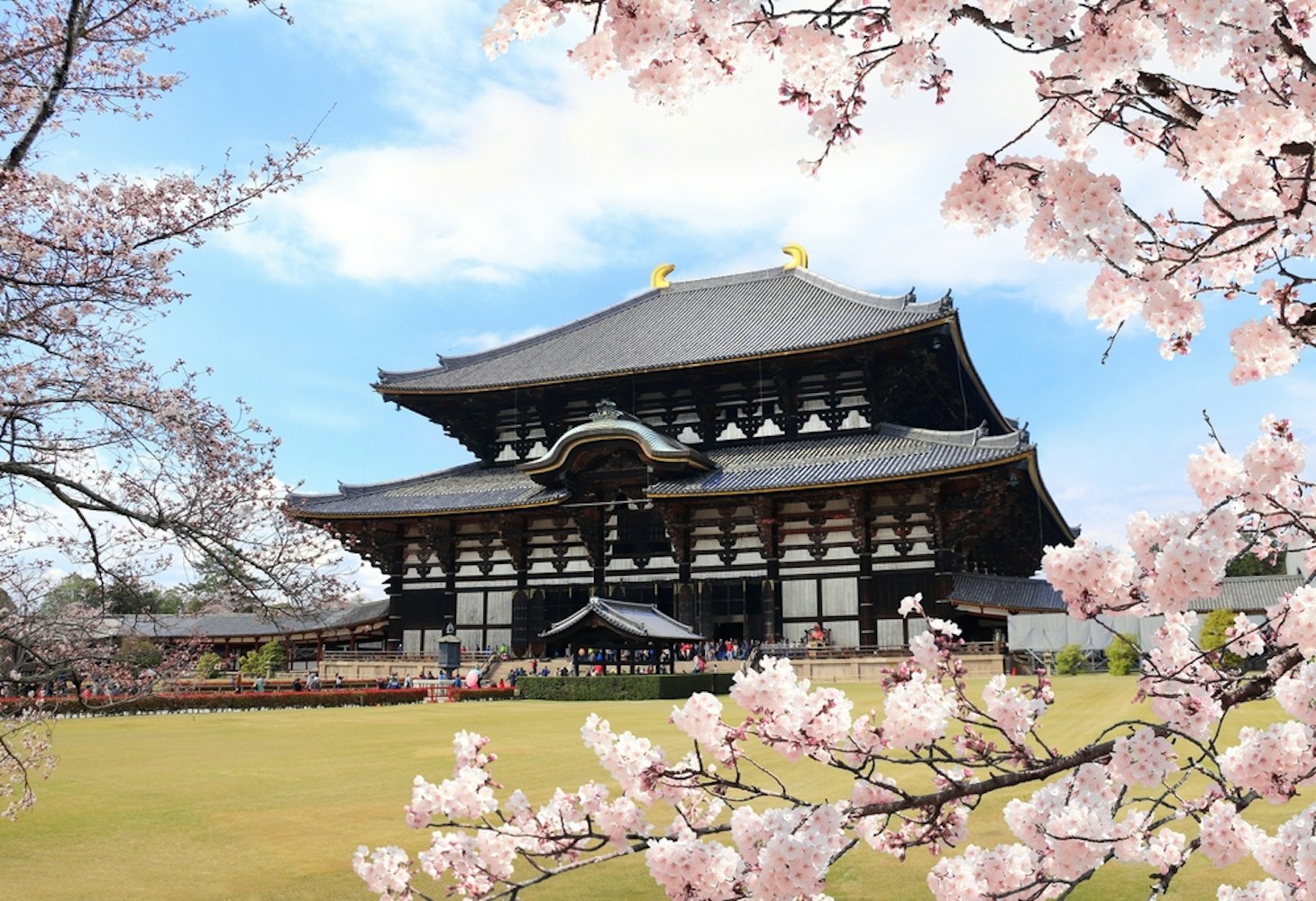
Home to the world's largest bronze Buddha statue, Todai-ji is a monument to both spiritual devotion and engineering ambition. The Great Buddha Hall (Daibutsuden) is itself one of the world's largest wooden buildings, despite being rebuilt at only two-thirds of its original size.
Constructed in 752 CE, the bronze Buddha statue stands 15 meters tall and weighs approximately 500 tons. The temple was the center of state-sponsored Buddhism during the Nara period and required so much material that it nearly bankrupted the imperial government. The complex includes other treasures like the wooden guardian statues at the Nandaimon Gate, considered masterpieces of Kamakura-period sculpture. Friendly deer roam freely throughout Nara Park, surrounding the temple, adding to the magical atmosphere.
Nara day tours from Kyoto or Osaka make visiting Todai-ji convenient and educational. Professional guides provide context about why Emperor Shomu commissioned this massive Buddha, how artisans accomplished this engineering marvel in the 8th century, and what the statue represents in Buddhist cosmology. Tours often include deer feeding experiences and visits to other Nara treasures like Kasuga Taisha Shrine.
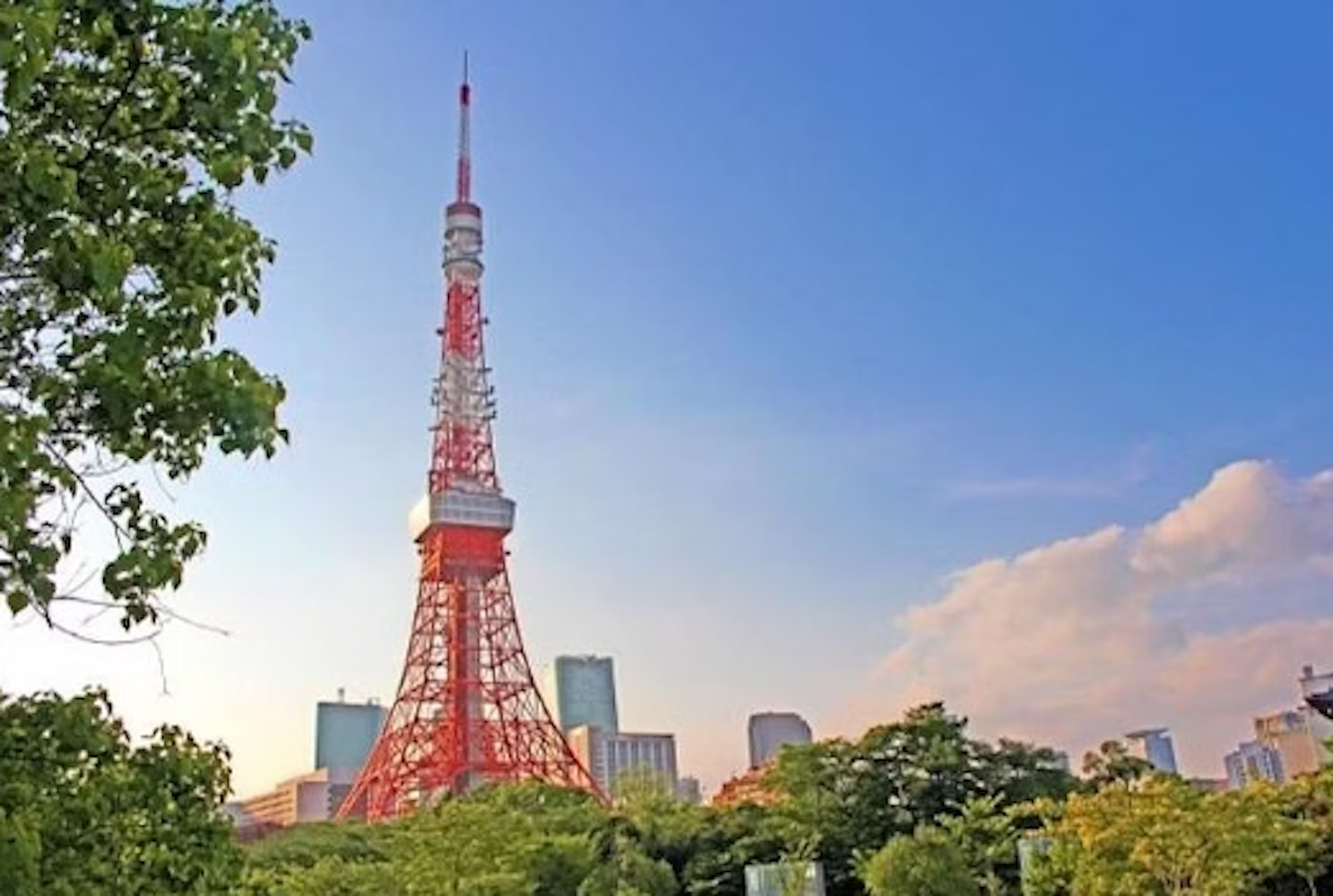
While relatively modern (completed in 1958), Tokyo Tower has become an iconic symbol of Japan's post-war rebirth and modernization. Inspired by the Eiffel Tower but standing 13 meters taller, this communication and observation tower dominates the Tokyo skyline with its distinctive orange and white lattice structure.
At 333 meters tall, Tokyo Tower offers two observation decks providing spectacular views of the sprawling metropolis below. On clear days, you can see Mount Fuji in the distance. The tower has appeared in countless films, anime, and manga, cementing its place in popular culture. At night, the tower is illuminated in romantic amber lights, creating a beacon visible across the city. The area below includes shops, restaurants, and the quirky One Piece Tower attraction.
Tokyo city tours frequently include Tokyo Tower as part of their itineraries, showcasing how the city balances tradition and modernity. Evening tours are particularly popular, allowing visitors to witness Tokyo's transformation from day to night from the observation deck while learning about the city's remarkable post-war reconstruction.
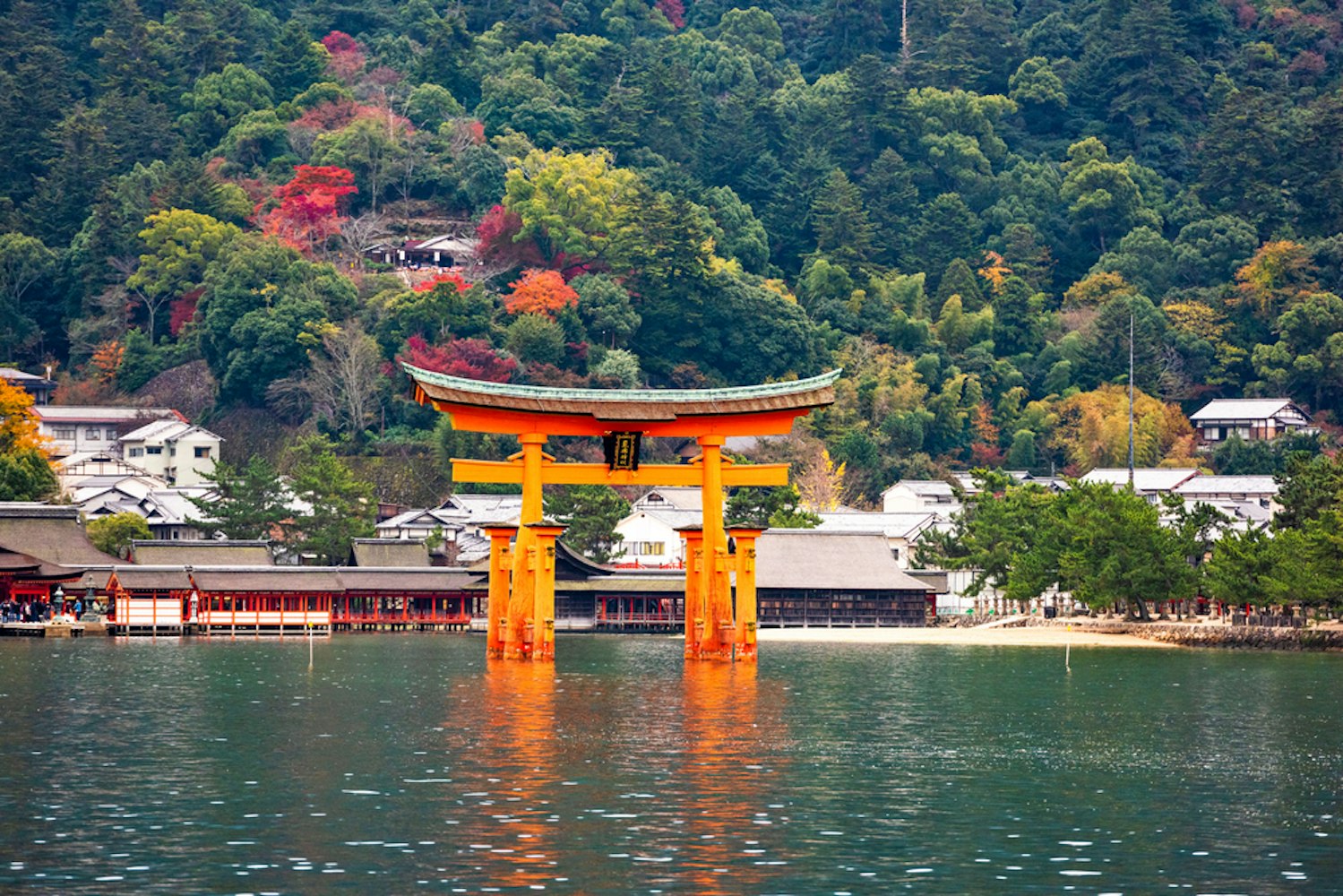
The "floating" torii gate of Itsukushima Shrine is one of Japan's most recognizable images. During high tide, both the gate and shrine buildings appear to float on water, creating an otherworldly scene that has captivated visitors for centuries.
Dating back to 593 CE and rebuilt in its current form in 1168, the shrine complex is built on stilts over the water as the entire island of Miyajima is considered sacred. Walking through the vermillion corridors when the tide is in feels like gliding across the sea. The shrine is dedicated to three Shinto goddesses of seas and storms. At low tide, you can walk out to the gate and examine its massive camphor wood pillars up close.
Miyajima and Hiroshima guided tours typically include boat rides to the island, timing visits to catch both high and low tides when possible. Guides explain the Shinto concept of sacred islands, the architectural feat of building over water, and the significance of the three goddesses. Many tours also include hiking Mount Misen for panoramic views and visiting the friendly deer that roam freely across the island.
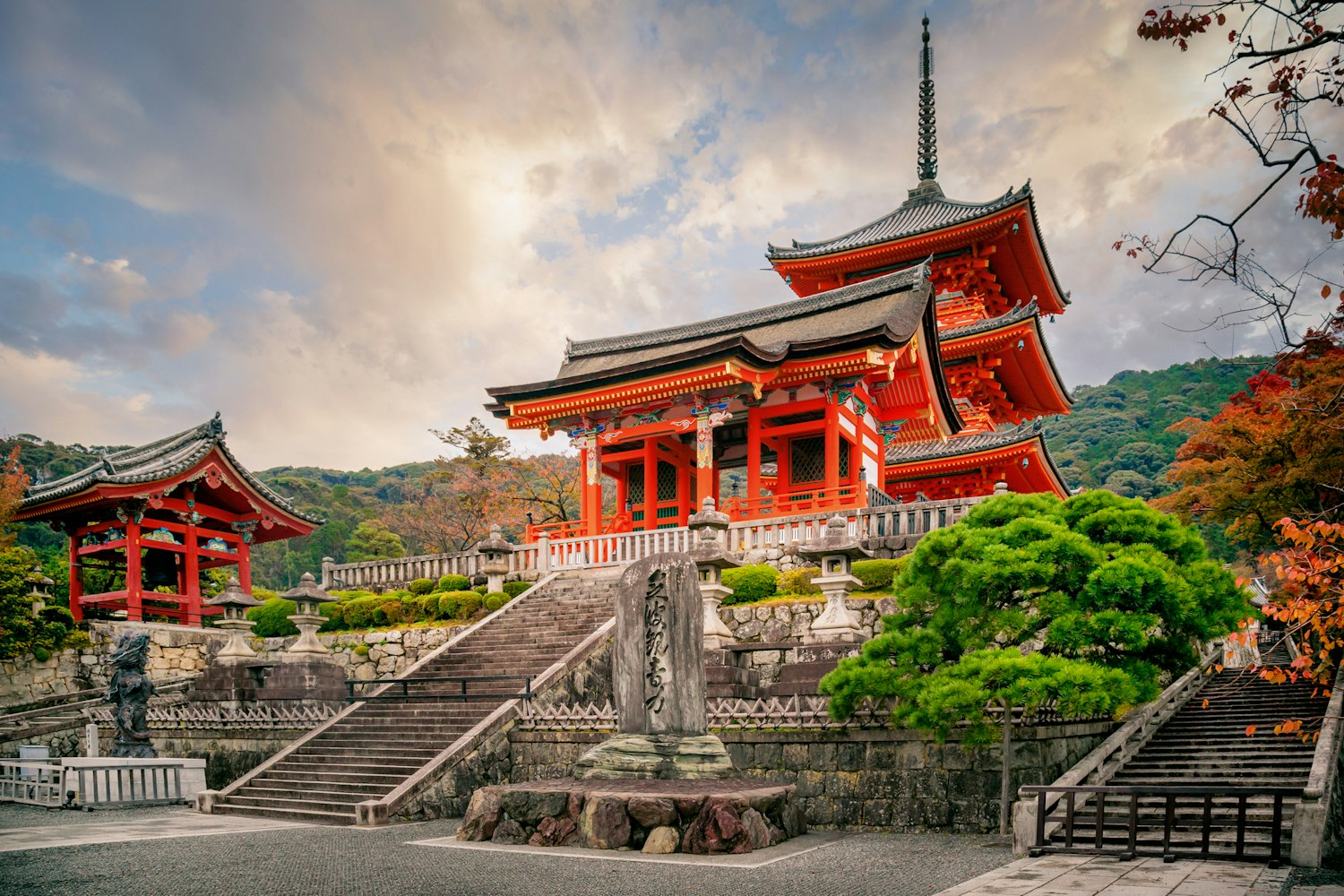
Perched dramatically on the hillside overlooking Kyoto, Kiyomizu-dera Temple features one of Japan's most impressive architectural achievements, a massive wooden stage built without a single nail that juts out from the main hall 13 meters above the hillside.
Founded in 778 AD, this Buddhist temple takes its name from the pure waterfall that flows beneath it, where visitors have been collecting sacred water for over 1,200 years. The temple complex represents one of the most important historical monuments in Japan, offering both spiritual significance and breathtaking views across Kyoto's traditional neighborhoods.
The approach to the temple winds through the charming streets of the Higashiyama district, where traditional wooden buildings house tea shops, pottery stores, and restaurants serving local delicacies. Inside the temple grounds, three streams of water fall from the Otowa Waterfall, each believed to grant different benefits such as longevity, success in studies, or luck in love, and visitors line up to catch the sacred water in long-handled cups.
Kyoto walking tours often feature Kiyomizu-dera as a highlight, with guides explaining the ancient carpentry techniques, the Buddhist and Shinto elements that coexist at the temple, and local legends about people who jumped from the famous stage (surviving supposedly granted wishes). These tours typically include the atmospheric Higashiyama neighborhood, allowing you to experience traditional Kyoto culture.
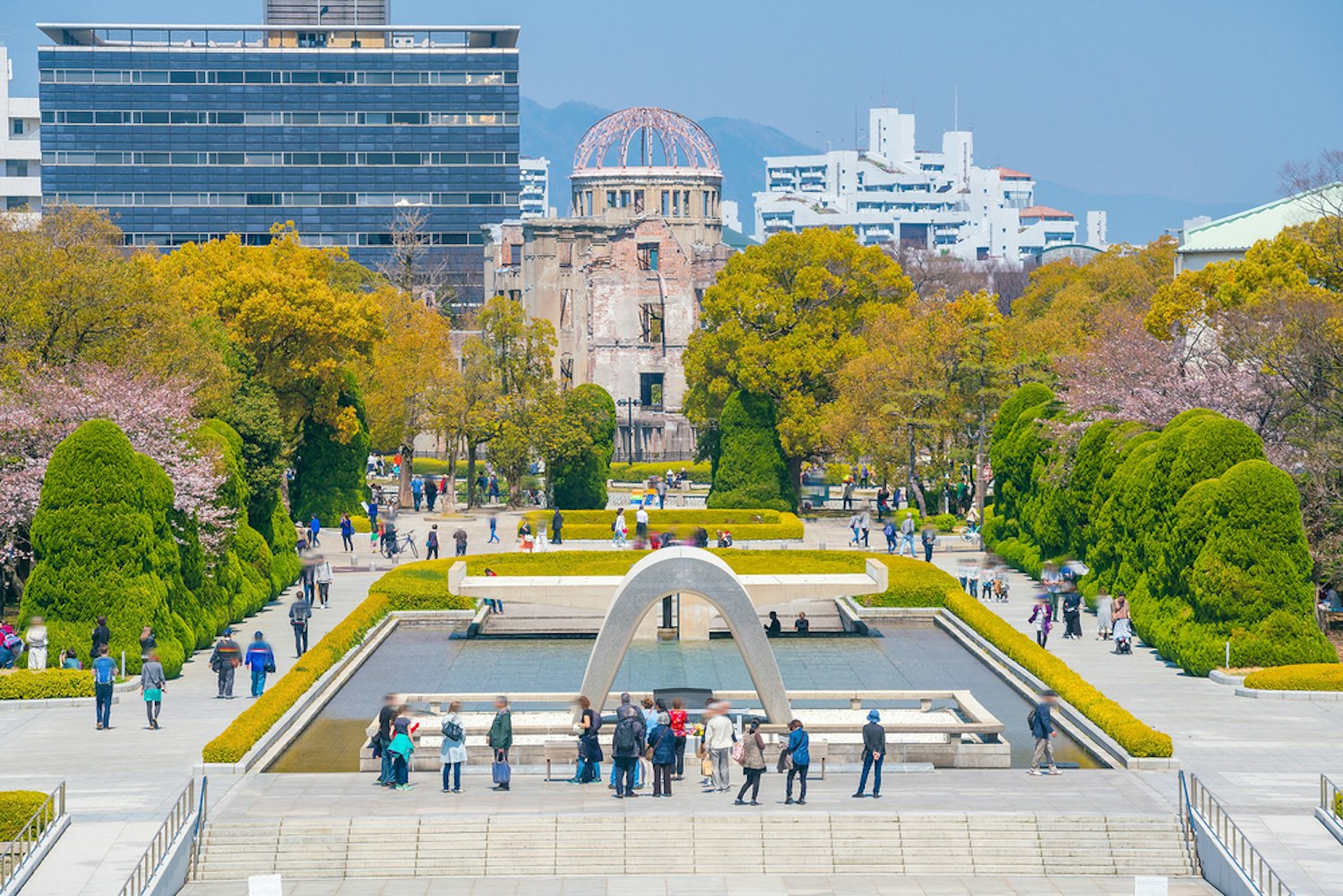
The Atomic Bomb Dome in Hiroshima stands as a sobering yet essential Japanese historical monument, preserved exactly as it appeared after the atomic bomb exploded almost directly above it on August 6, 1945.
Originally built as the Hiroshima Prefectural Industrial Promotion Hall in 1915, this European-style building with its distinctive dome was one of the few structures left partially standing near the bomb's hypocenter. Today it serves as a powerful reminder of nuclear warfare's devastating consequences and humanity's hope for lasting peace.
The dome is the centerpiece of the Peace Memorial Park, which includes the Peace Memorial Museum, the Children's Peace Monument, and the Cenotaph for Atomic Bomb Victims, where an eternal flame burns.
Visitors from around the world come to pay respects, leave paper cranes, and learn about the bombing's impact on survivors and the city's remarkable recovery. Hiroshima peace tours through the area provide historical context about the events of that day, personal stories of hibakusha survivors, and Hiroshima's transformation into a thriving modern city dedicated to promoting peace education.
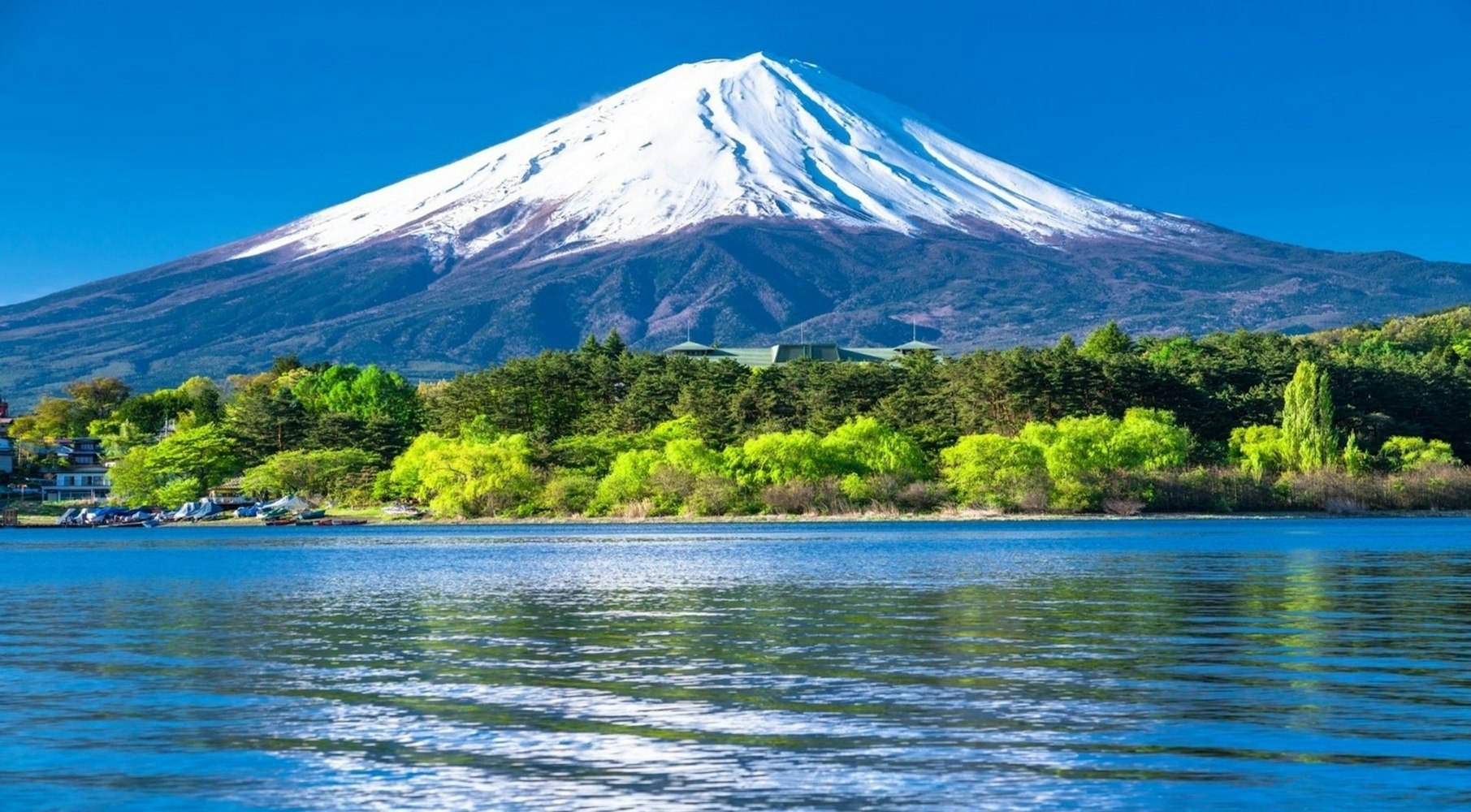
Japan's highest mountain and most sacred peak, Mount Fuji, stands at 3,776 meters and has inspired artists, poets, and pilgrims for centuries. The perfectly symmetrical volcanic cone has become synonymous with Japan itself, appearing in countless artworks, including Hokusai's famous woodblock prints.
Mount Fuji last erupted in 1707, and while still classified as an active volcano, it's considered relatively safe. The official climbing season runs from July to September, when the weather is most favorable and mountain huts are open. Approximately 300,000 people climb Fuji each year, with many timing their ascent to reach the summit for sunrise (goraiko). Even if you don't climb, viewing Fuji from various vantage points—whether from the shores of Lake Kawaguchi, the Chureito Pagoda, or on a clear day from Tokyo—is an unforgettable experience.
Mount Fuji tours range from viewing excursions to guided climbing expeditions. Professional guides know the best vantage points for photography, handle transportation logistics to the Fifth Station (the traditional climbing starting point), and for climbing tours, ensure safety while explaining the mountain's geological and spiritual significance. Many tours combine Fuji with the scenic Five Lakes region, hot springs, and cultural sites like the Fujisan Sengen Shrine.
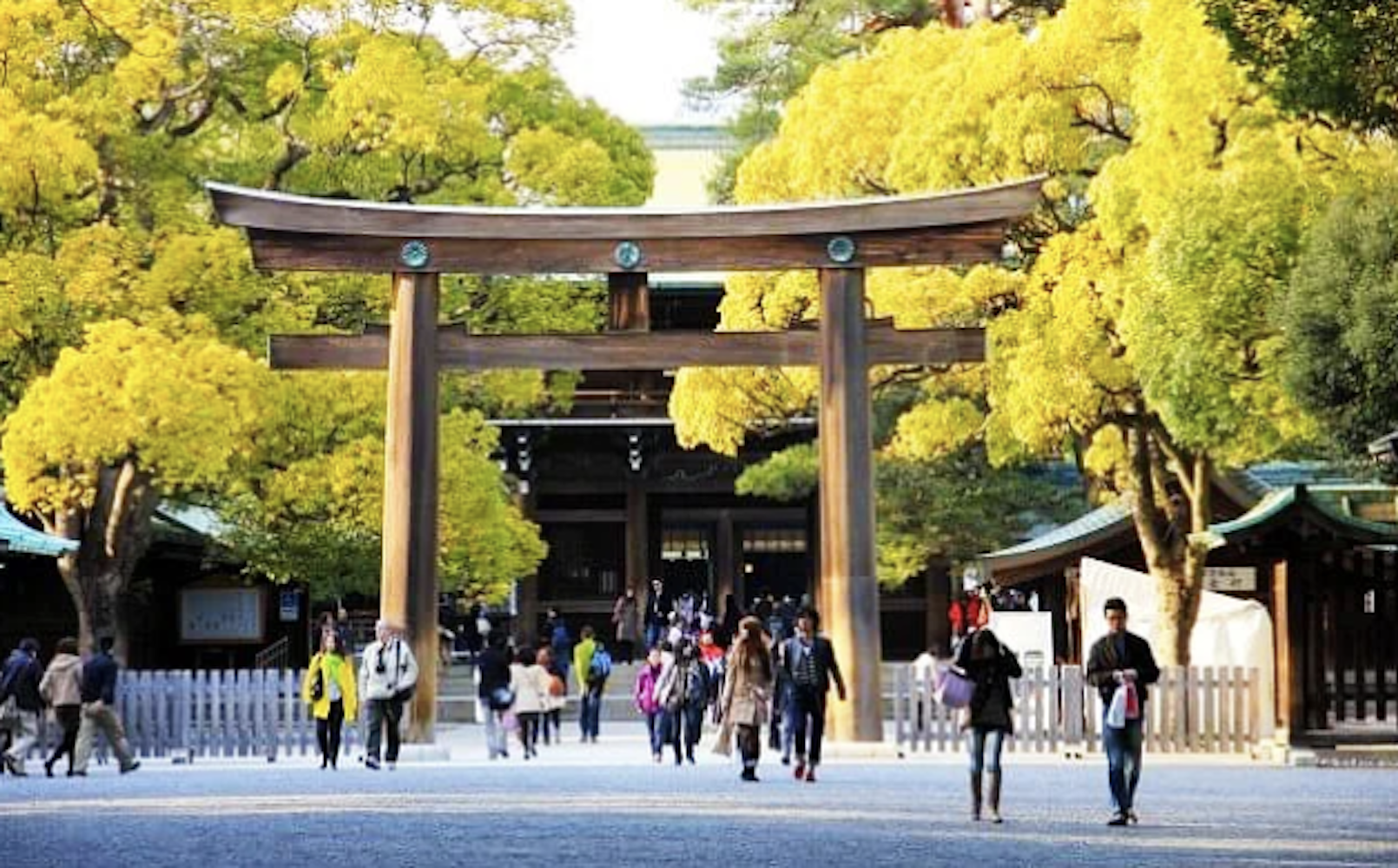
Hidden within a peaceful 170-acre evergreen forest in the heart of Tokyo, Meiji Shrine is dedicated to Emperor Meiji and Empress Shoken, who presided over Japan's dramatic modernization during the Meiji Restoration. The shrine offers a tranquil escape from the nearby buzzing streets of Harajuku and Shibuya.
Completed in 1920 and rebuilt after World War II, the shrine is constructed from Japanese cypress and copper, maintaining a dignified simplicity that characterizes traditional Shinto architecture. The approach through towering torii gates and gravel paths lined with sake and wine barrels (offerings to the deified spirits) creates a meditative experience.
The Inner Garden features a pond and iris fields that bloom spectacularly in June. The shrine is particularly popular during New Year's celebrations, attracting over three million visitors who come for hatsumode (first shrine visit of the year).
Tokyo spiritual tours include Meiji Shrine as an essential stop for understanding Shintoism and modern Japanese history. Guides explain the Meiji Restoration's impact on transforming Japan from a feudal society into a modern nation, demonstrate proper shrine etiquette (how to bow, clap, and pray), and share the fascinating story of how 100,000 volunteers from across Japan helped plant the forest surrounding the shrine.

Rising majestically above Osaka's modern skyline, this imposing fortress is one of Japan's most famous castles. While the exterior maintains its historic appearance with green roof tiles and golden ornaments, the interior has been modernized into a museum chronicling the castle's fascinating history.
Originally built in 1583 by Toyotomi Hideyoshi on the site of a temple fortress, Osaka Castle played a crucial role in the unification of Japan. The castle was destroyed and rebuilt multiple times, with the current structure dating from 1931 (reconstructed in 1997). The eight-story main tower is surrounded by impressive stone walls made from massive boulders, some weighing over 100 tons, transported from distant quarries. The surrounding park covers 105 acres and contains 600 cherry trees, making it a spectacular hanami (cherry blossom viewing) spot.
Osaka guided tours showcase the castle as the centerpiece of the city's samurai heritage. Expert guides narrate Toyotomi Hideyoshi's rise from peasant to powerful warlord, explain the siege strategies used during the castle's most famous battles, and help visitors understand the social structure of feudal Japan. Many tours include the castle's museum, where artifacts and exhibits bring history to life.
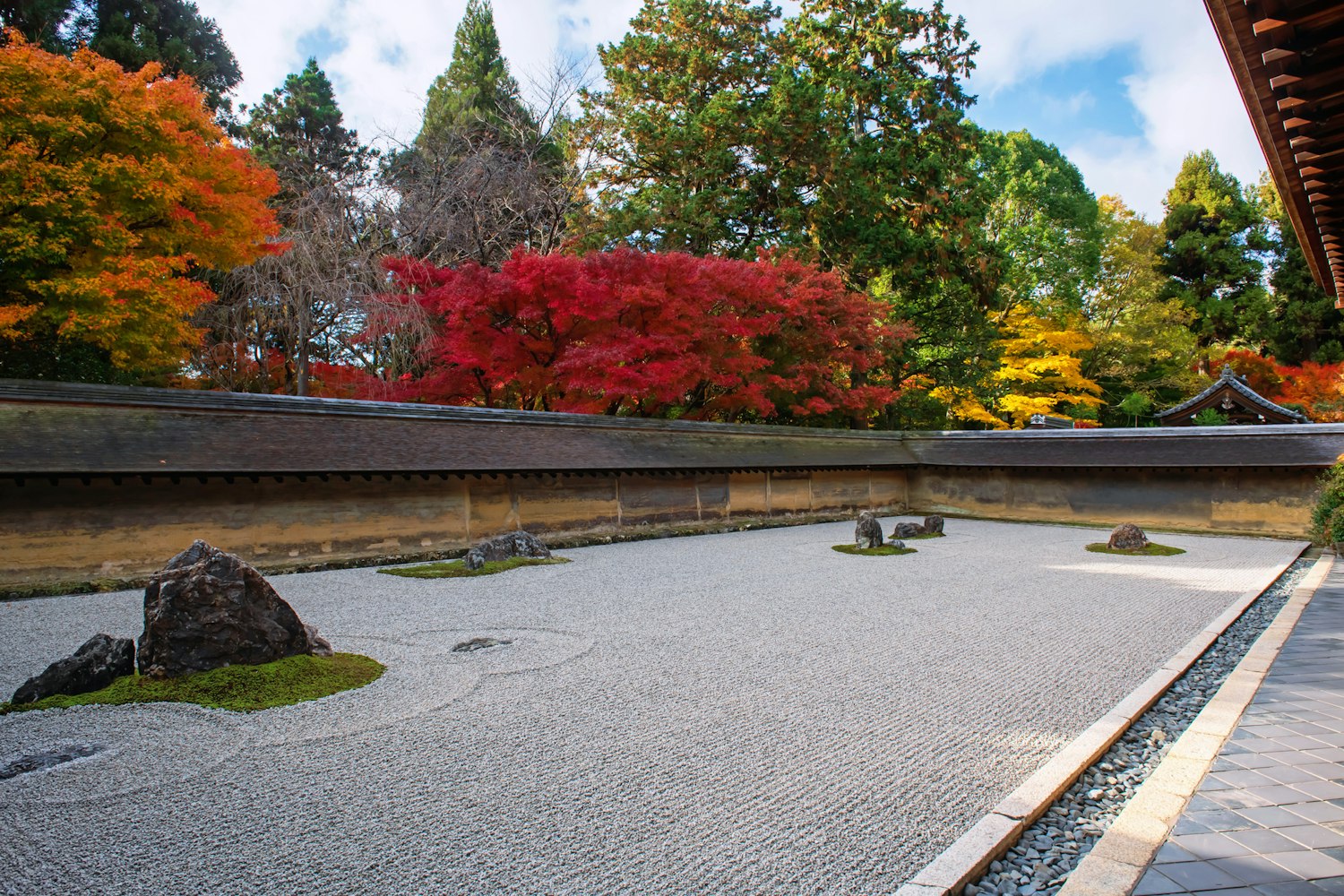
The rock garden at Ryoan-ji temple is perhaps the world's most famous example of karesansui (dry landscape) garden design. This rectangular plot contains 15 rocks arranged in small groups on a bed of white gravel, surrounded by an earthen wall. The profound simplicity has inspired contemplation and debate for over 500 years.
Created in the late 15th century, the garden's designer remains unknown. The rocks are positioned so that only 14 can be seen at once from any viewing angle—the 15th is always hidden, symbolizing the incomplete nature of human understanding. The raked gravel represents water or clouds, creating different meanings depending on interpretation. The garden embodies Zen Buddhist principles of simplicity, meditation, and the search for enlightenment. Adjacent to the rock garden is a beautiful moss garden and pond that offers a contrasting natural landscape.
Kyoto Zen garden tours provide the philosophical context that transforms Ryoan-ji from a simple rock arrangement into a profound meditation tool. Knowledgeable guides explain Zen Buddhism's core concepts, the art of karesansui design, and various interpretations of the garden's meaning. These contemplative tours often include multiple Zen temples, allowing visitors to understand how different masters expressed Zen principles through garden design.
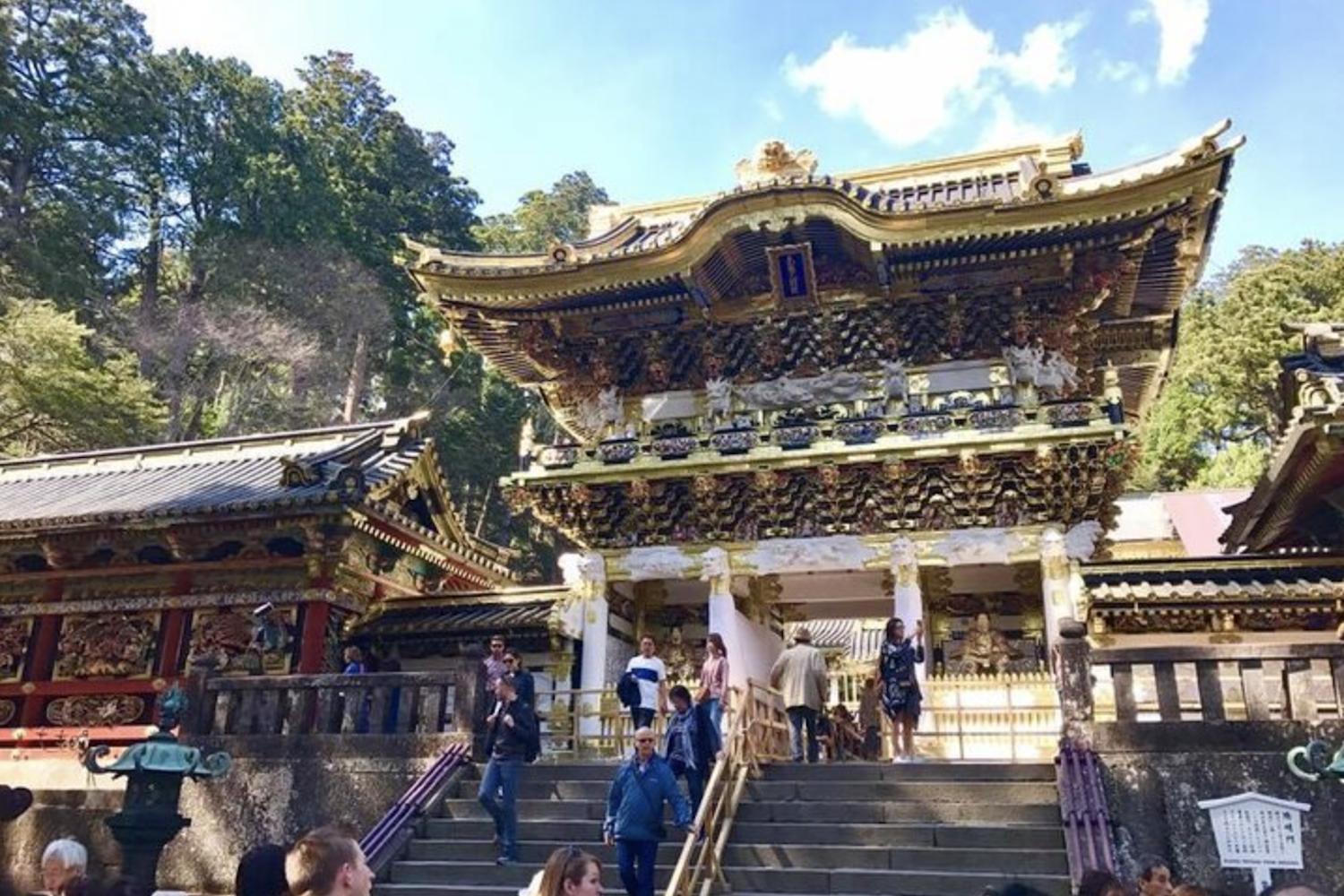
A dazzling display of artistic extravagance, Nikko Toshogu Shrine is the final resting place of Tokugawa Ieyasu, the founder of the Tokugawa shogunate that ruled Japan for 250 years. Unlike the restrained aesthetics of many Japanese monuments, this complex is an explosion of color, gold leaf, and intricate carvings.
Completed in 1617 and expanded in 1636, the shrine complex comprises numerous buildings decorated with approximately 5,000 ornamental details. The famous "see no evil, hear no evil, speak no evil" monkey carvings and the "sleeping cat" sculpture are among the most photographed details.
The Yomeimon Gate is a masterpiece of decorative art, covered in over 500 carvings of flowers, mythical beasts, and Chinese sages. The path to Ieyasu's tomb leads through towering cryptomeria trees, some over 400 years old.
Nikko day tours from Tokyo provide a comprehensive exploration of this UNESCO World Heritage Site. Expert guides decode the symbolism hidden throughout the shrine—explaining how the monkey carvings represent Buddhist moral precepts, why the cat appears to sleep (symbolizing peace), and how the elaborate decorations reflected the Tokugawa shogunate's power and wealth. Tours typically include other Nikko attractions like the beautiful Shinkyo Bridge and natural scenic spots.
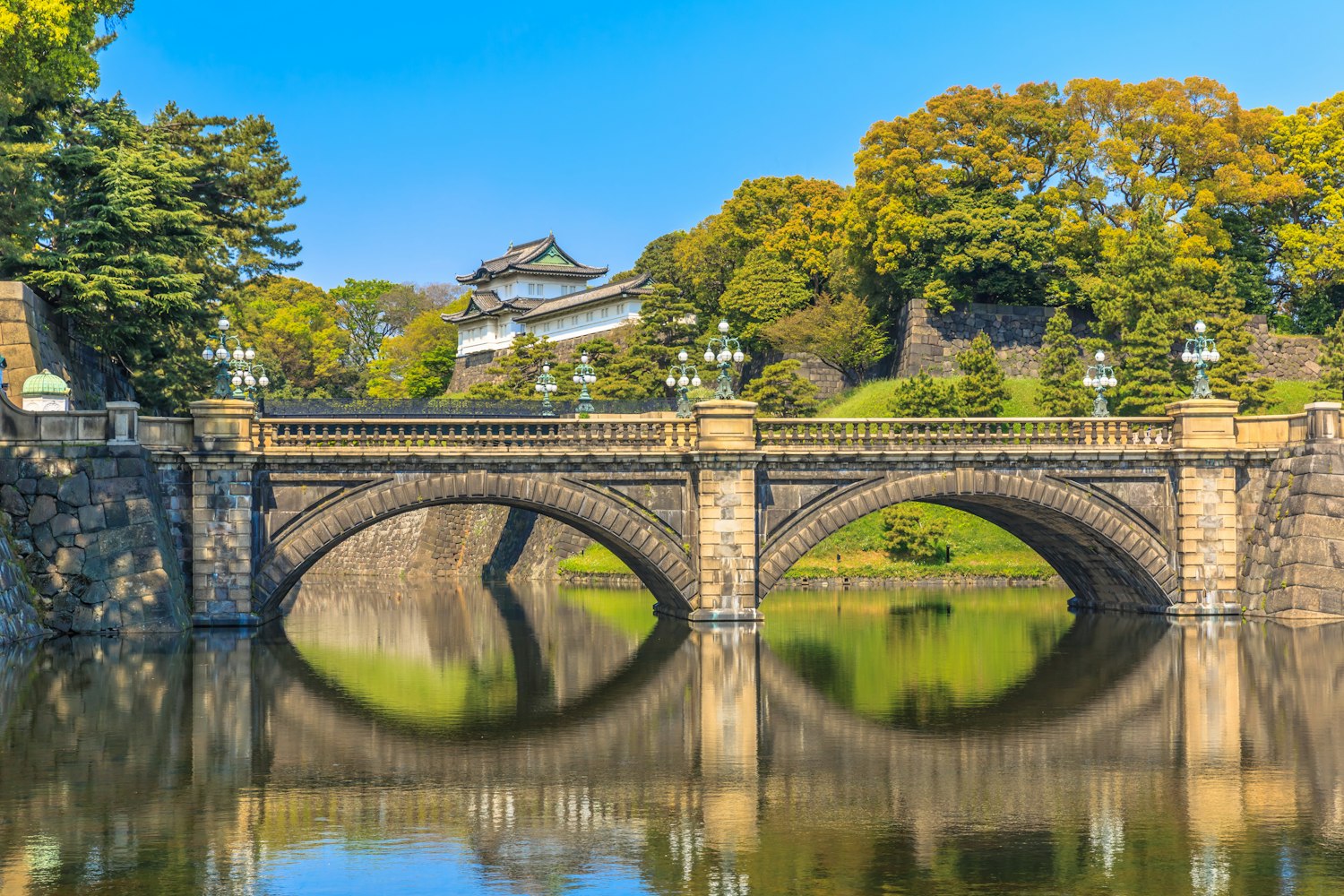
Situated on the former grounds of Edo Castle in central Tokyo, the Imperial Palace serves as the primary residence of Japan's Emperor and stands as a living connection to the nation's imperial heritage. The current palace buildings were completed in 1968, replacing structures destroyed during World War II, but the surrounding moats, massive stone walls, and guard towers date back to the Edo period when this site was the world's largest castle complex.
While the inner palace grounds remain closed to the public except on specific days, the East Gardens are open year-round and allow visitors to explore former castle grounds that have been transformed into beautifully maintained Japanese gardens.
The palace's outer areas include the famous Nijubashi Bridge with its elegant double-arch design that appears in countless photographs, wide gravel plazas where people gather for New Year's greetings and the Emperor's birthday, and the impressive stone foundations that once supported the castle's main tower.
The East Gardens contain remains of the original castle's guard houses, gates, and stone walls, along with seasonal flowers and carefully pruned trees that showcase Japanese gardening techniques. Sightseeing tours of the Imperial Palace area typically include walks around the outer moats where you can appreciate the scale of the original castle's defenses, visits to nearby attractions like the National Museum of Modern Art, and explanations of the Imperial family's ceremonial role in modern Japan.
These 15 magnificent monuments represent far more than architectural achievements—they are living testaments to Japan's soul, embodying centuries of spiritual devotion, artistic mastery, and cultural evolution. From the moment you step through your first torii gate or gaze up at a castle's imposing walls, you'll begin to understand why these landmarks have captivated hearts and minds for generations.
